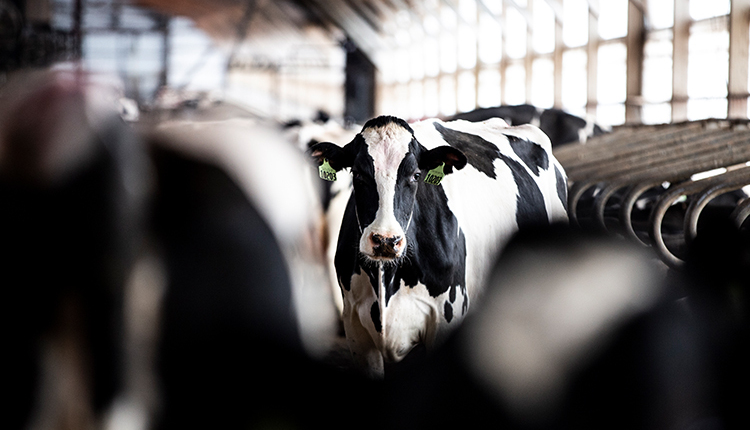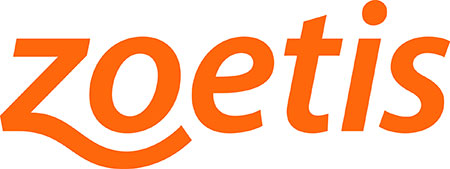
I’ve spent my career helping dairy producers manage healthy cows to efficiently make a lot of high-quality milk. Now, we’re frantically learning how to reduce milk flow from dairies.
Due to rapid changes in consumer demand and disruptions throughout the dairy supply chain caused by the COVID-19 pandemic, U.S. dairy producers are facing processor-requested — and in dire cases — processor-mandated milk supply reductions. Farmers have been given limited time to react and are seeking sound, practical milk supply management solutions that enable them to adjust their milk supply as necessary. Simultaneously, these producers need to consider strategic opportunities that will position them for successful market re-entry when markets, consumer demand and supply chains adapt to the new landscape.
There isn’t an exact science on how to handle a situation we’ve never seen before. However, too often I’ve seen rash decisions made on culling productive cows and drying cows off for dramatically extended periods before considering other options. Work with your key advisors to determine logical and attainable solutions to navigate our new reality.
Reduce production and maintain healthy, highly efficient cows.
- In 2019, 9.34 million milking and dry cows produced 218.3 billion pounds of milk, an average of 64 pounds per cow per day, for all cows.1 By switching from 3x to 2x milking frequency, you can drop almost 7 pounds per cow per day while maintaining your cow numbers as best as possible for when milk demand picks back up. Multiply that by the 75% of all the cows in the U.S. that are already milking 3x, and that results in an aggregate decrease in milk production of 5.25 pounds per cow per day.
- Evaluate your current dry off program. For example, if you are targeting 45 to 50 days dry, consider bumping it up to a 65-day target. Be cautious: If it is 70 days or longer, animals are at risk of excessive weight gain and are at higher risk of metabolic disease at the time of calving, leading to elevated risk of early lactation removal. If you increase days dry by two weeks, you’ll reduce days milking by 3.3% and total milk flow by 2.5%, yielding an aggregate reduction of 1.6 pounds per cow per day.
- Feed more whole milk to your calves. I’ve estimated that, on average, there are 15,000 heifer calves born in the U.S. per day. If we feed them 2.5 gallons of whole milk per day and increase the feeding period to 60 days, over the course of a year, we would remove nearly 6.5 billion pounds, or 3% of the U.S. milk supply. Where facilities and systems allow, if we extend the feeding period to 90 days and 3 gallons per head per day, we would repurpose more than 4% of supply.
Using the examples above, there is opportunity to decrease (5.25+1.6+1.9) 8.75 pounds per cow per day — or 13.7% — without culling any cows.
Keep animal well-being a priority.
- Healthy animals matter more than ever. Put a strong vaccination program in place, take a complete approach to defending cows during dry off and intervene quickly to treat sick animals as appropriate, boosting the likelihood of a successful outcome.
- Talk with your nutritionist about what other adjustments can be made to your ration while still meeting critical nutrient requirements.
Continue building a resilient, profitable herd.
- It’s critical to invest in a robust reproductive program for your herd. Optimize age at first calving and continue efficient breeding programs to reduce time spent in the low end of the lactation curve.
- Don’t disregard the profitable impact that genomic testing can have on your business. We need to be able to focus on raising the best animals — those with the greatest opportunity to perform and compete for space in our herds.
Read my blog post that continues this discussion, here. What we’re facing is surreal, but together, we can make it. Focus on what you can control that keeps you in the game and prepares you for the future.

1 National Agricultural Statistics Service (NASS), Agricultural Statistics Board, United States Department of Agriculture (USDA). Milk Production. https://downloads.usda.library.cornell.edu/usda-esmis/files/h989r321c/z603rf49q/b2774d05q/mkpr0220.pdf. 2020. Accessed April 23, 2020.